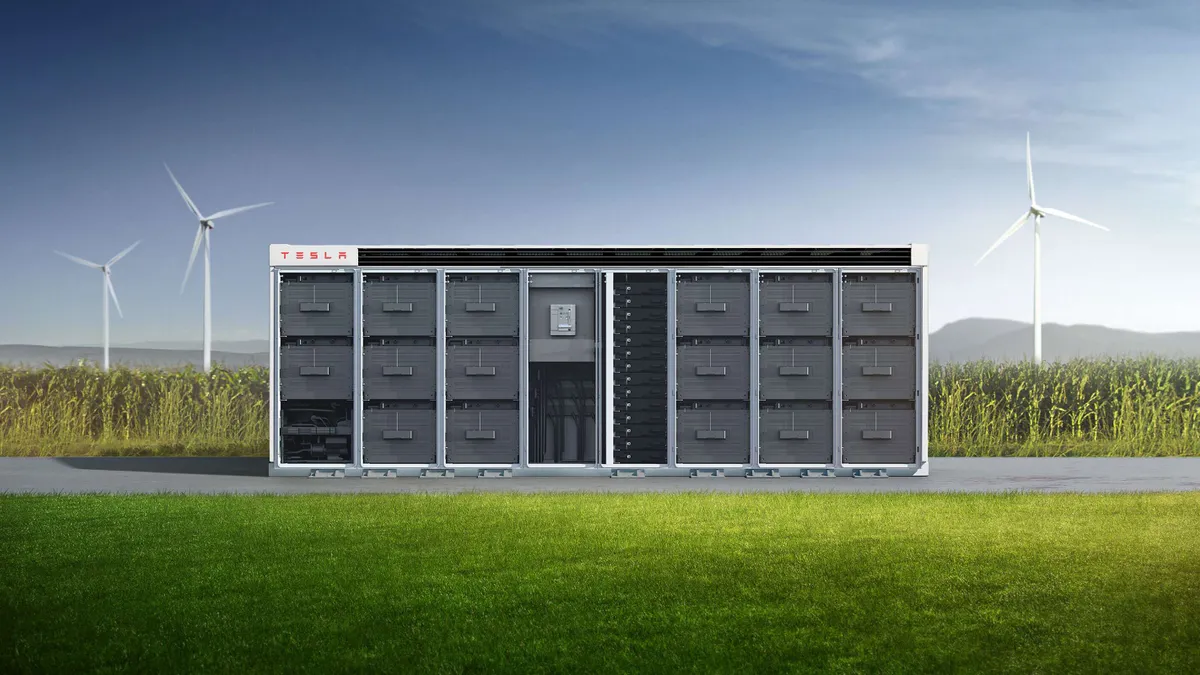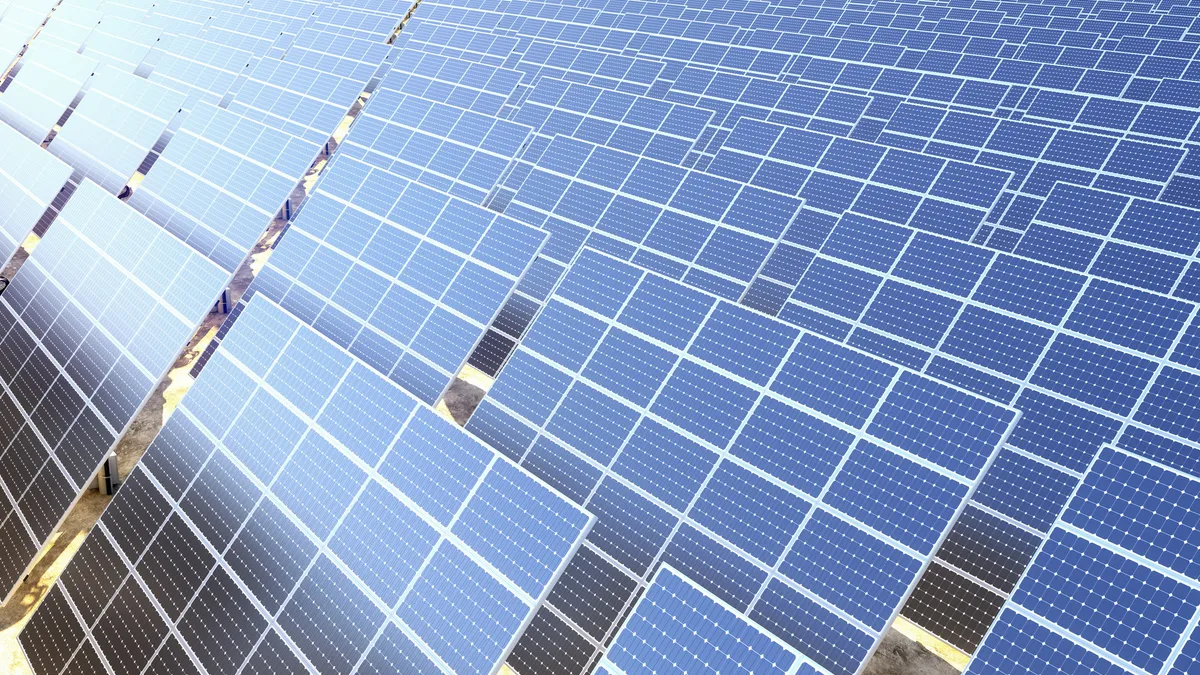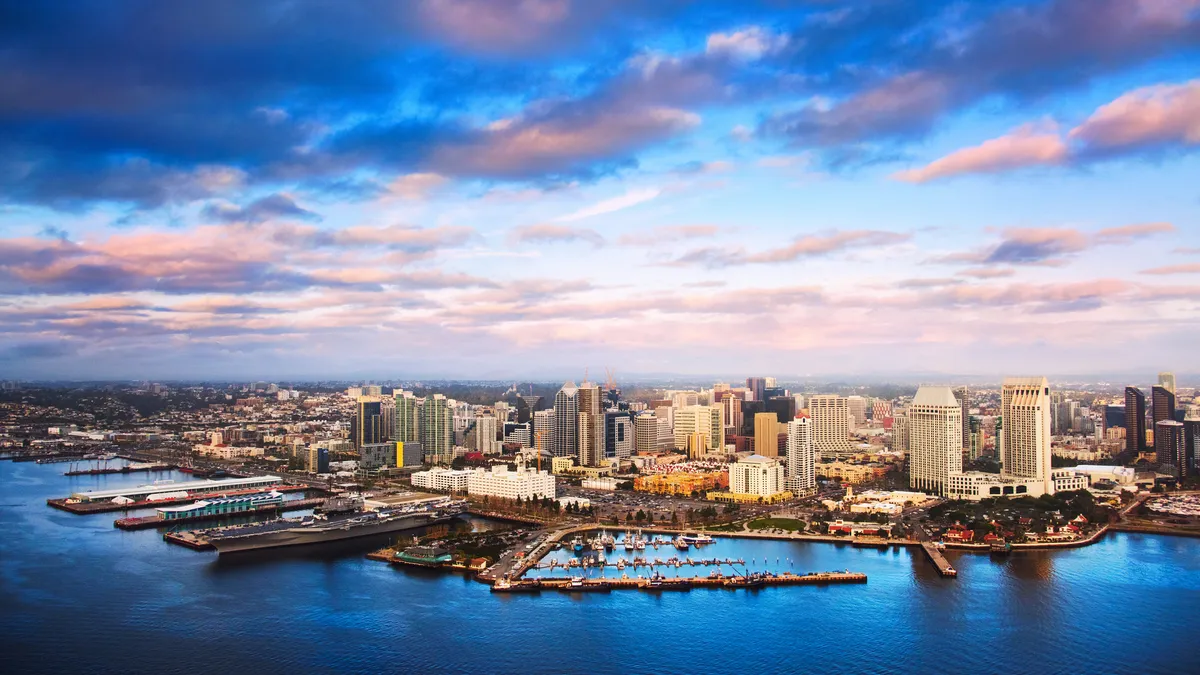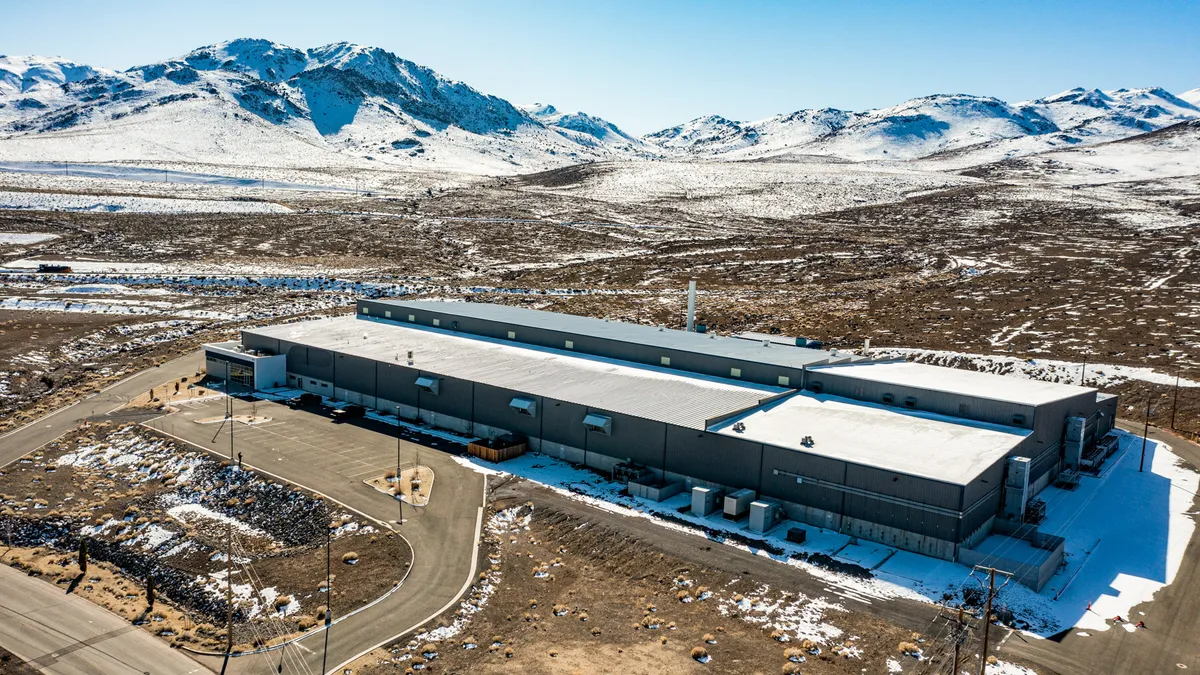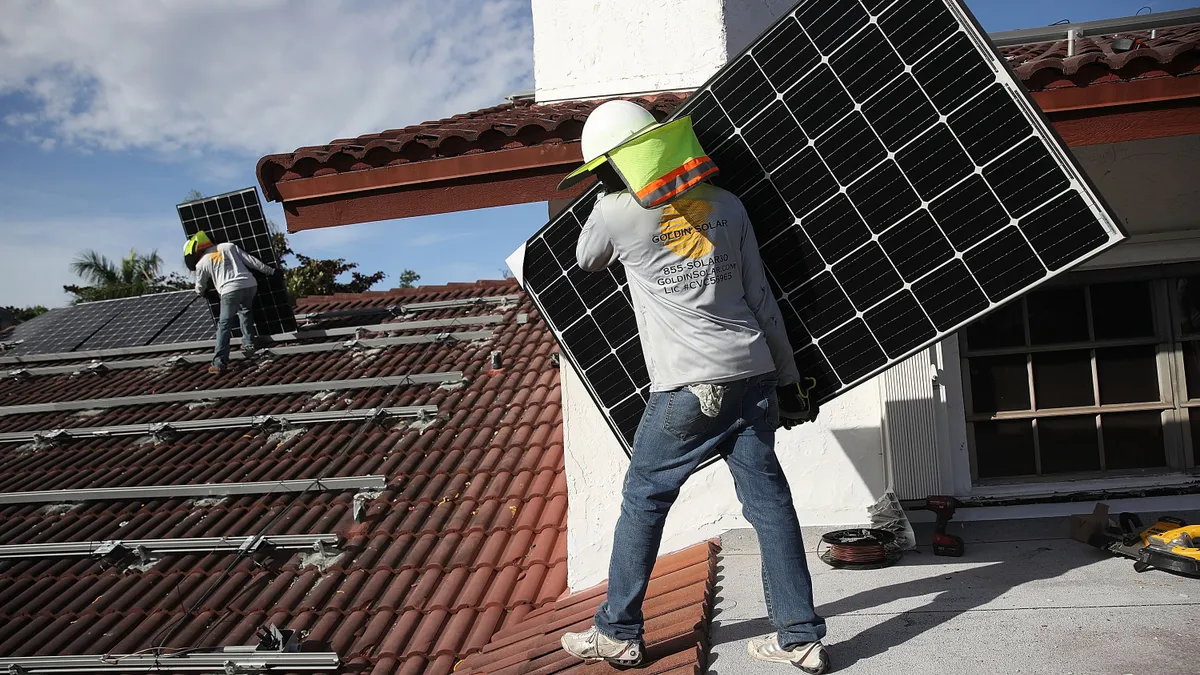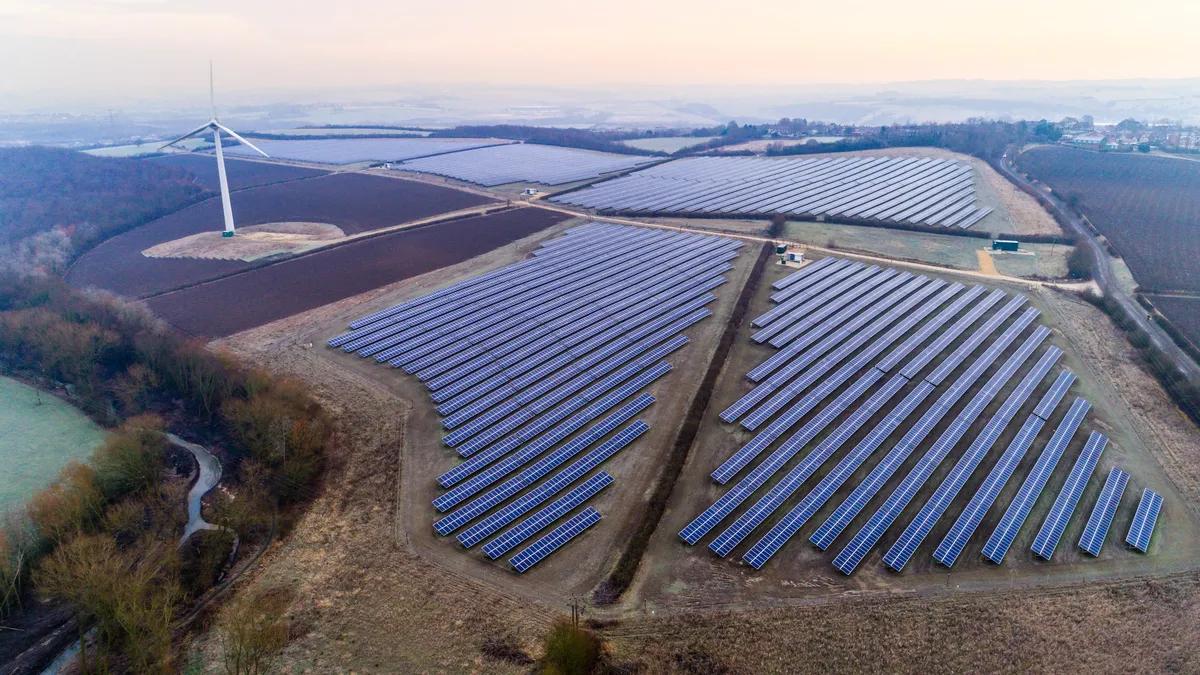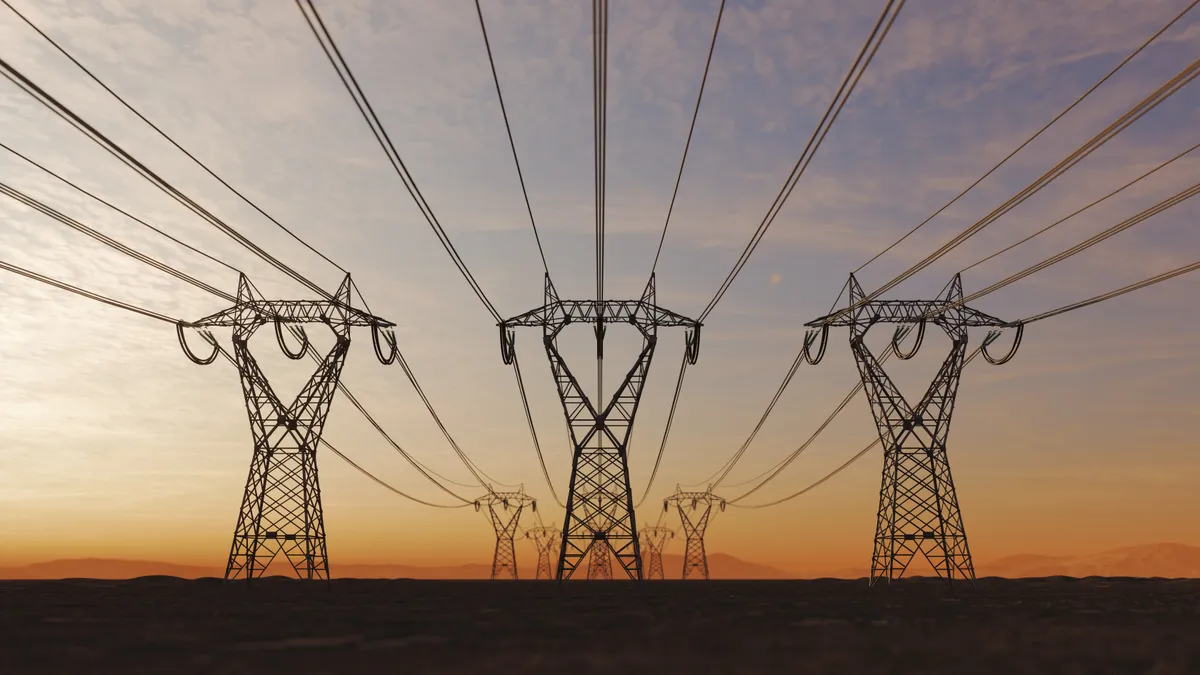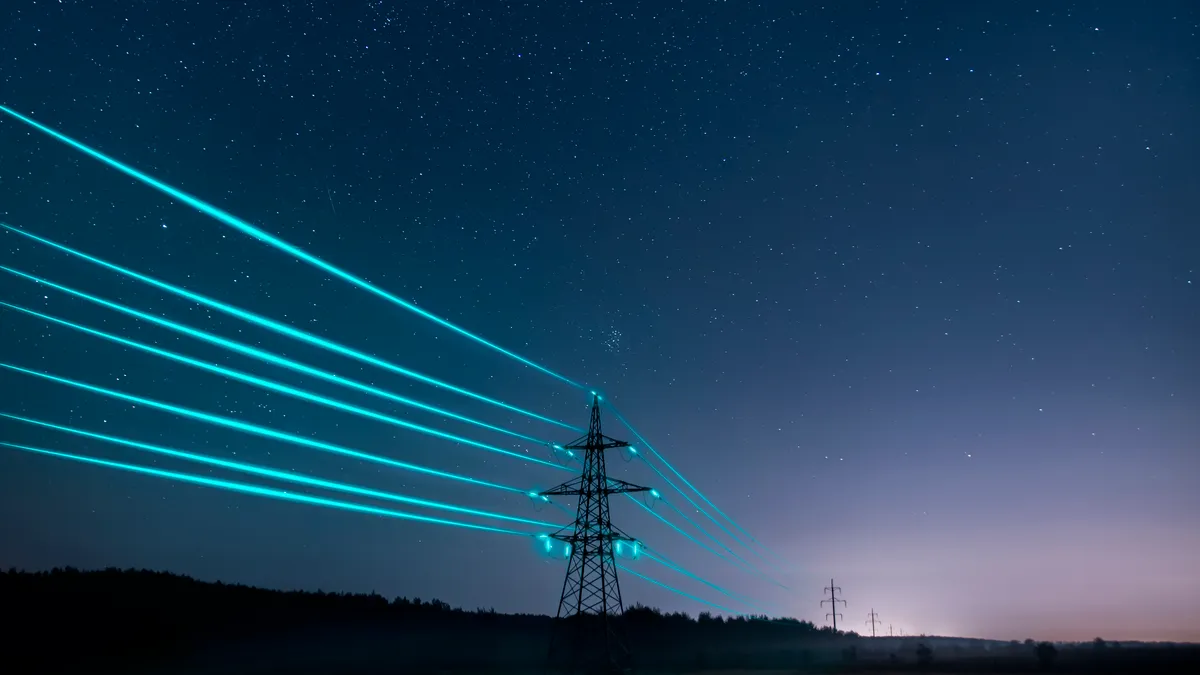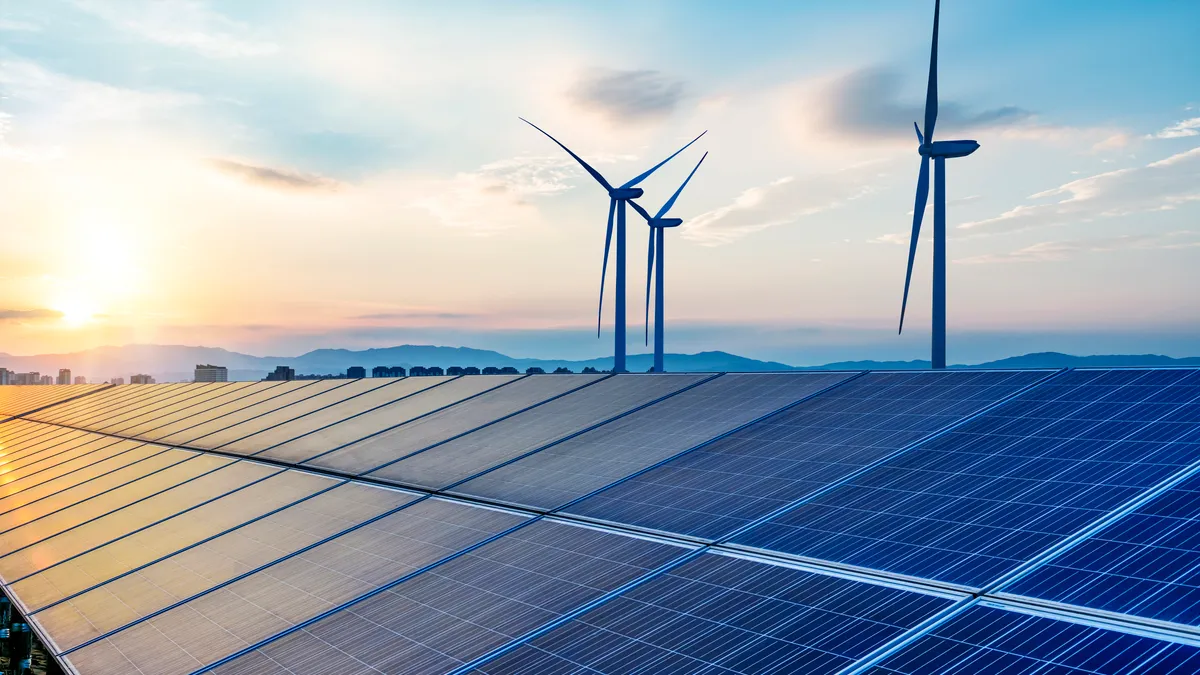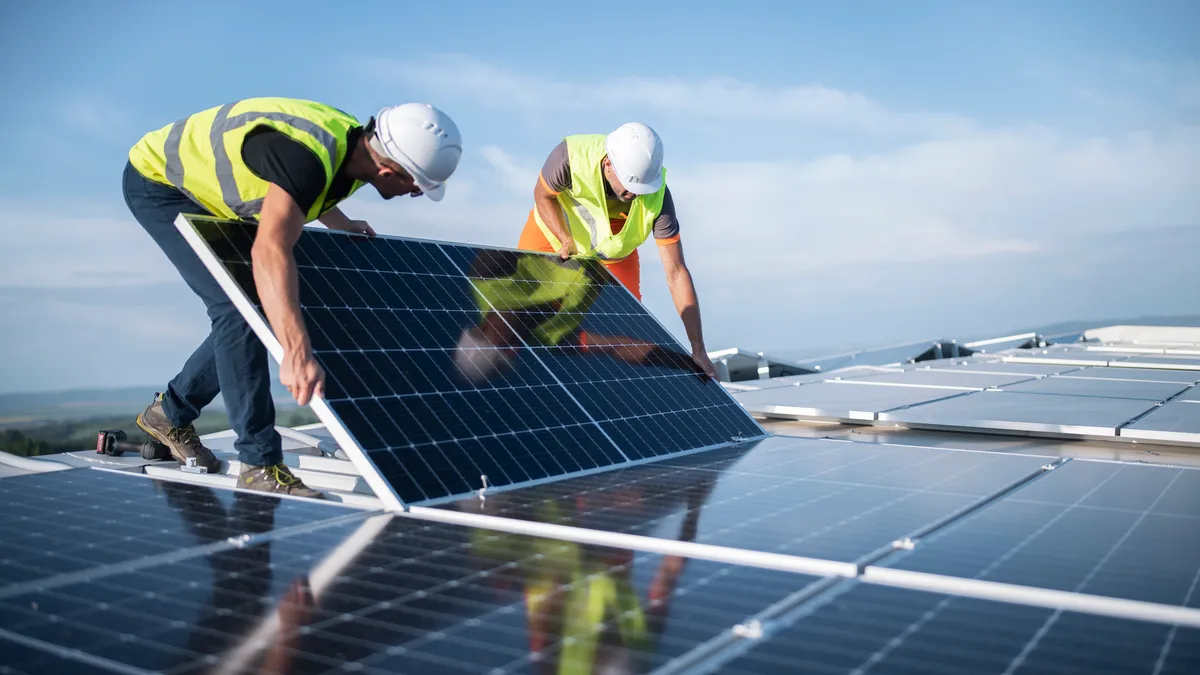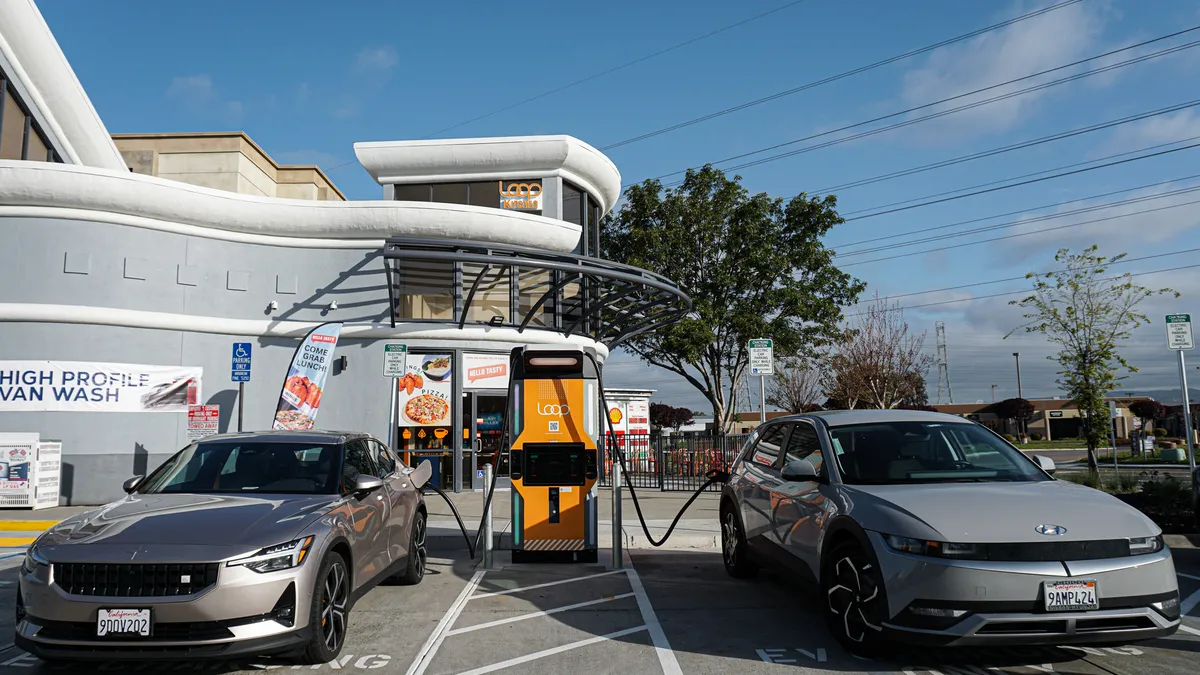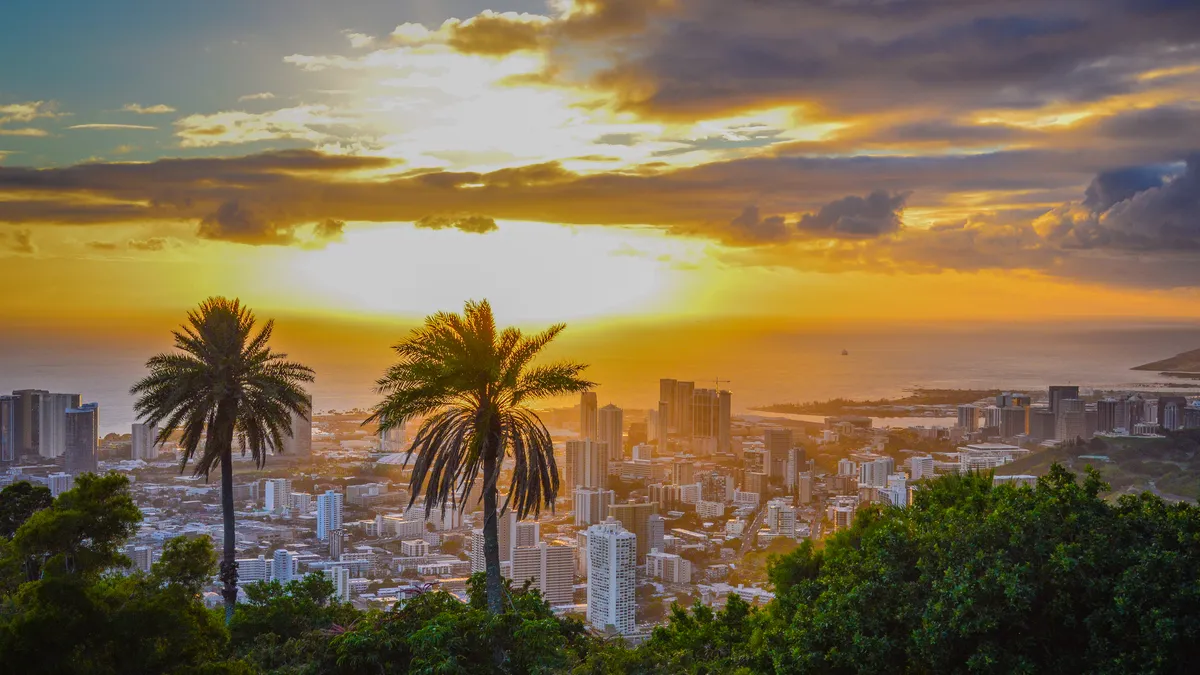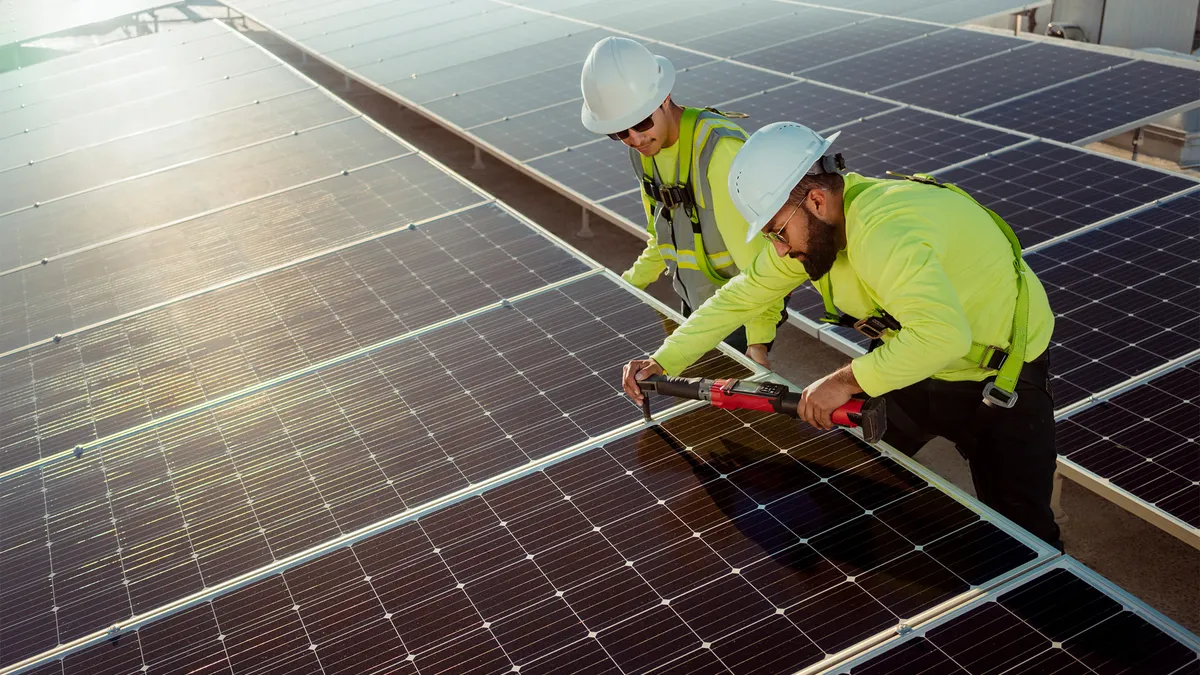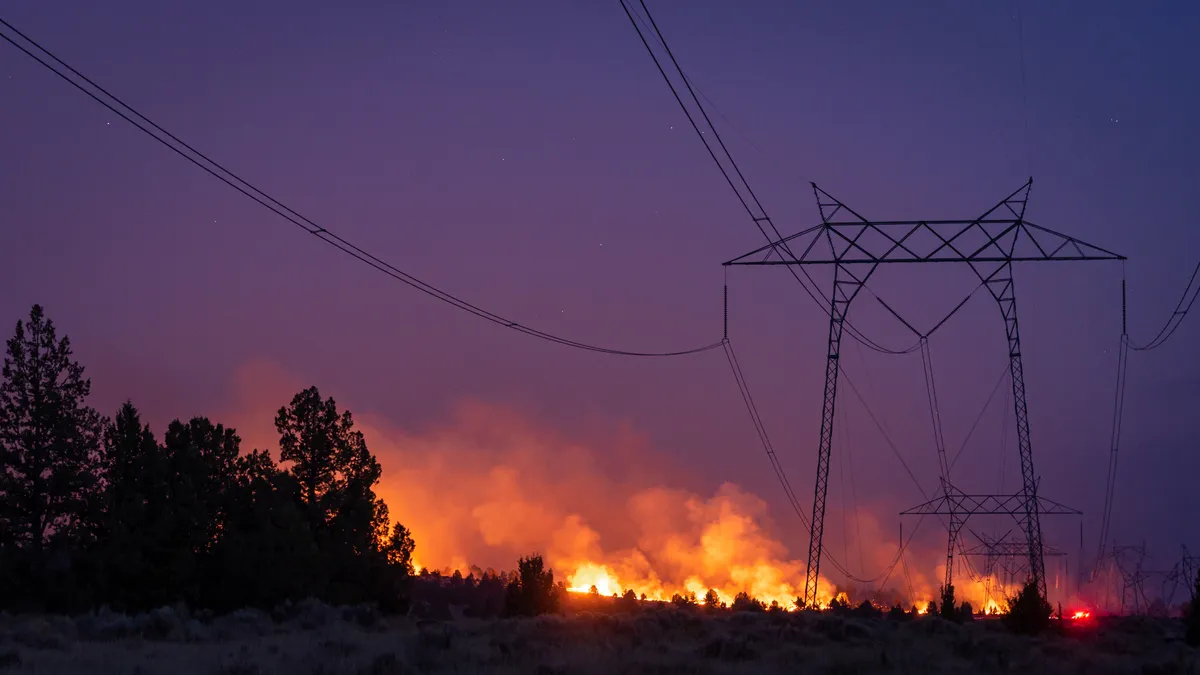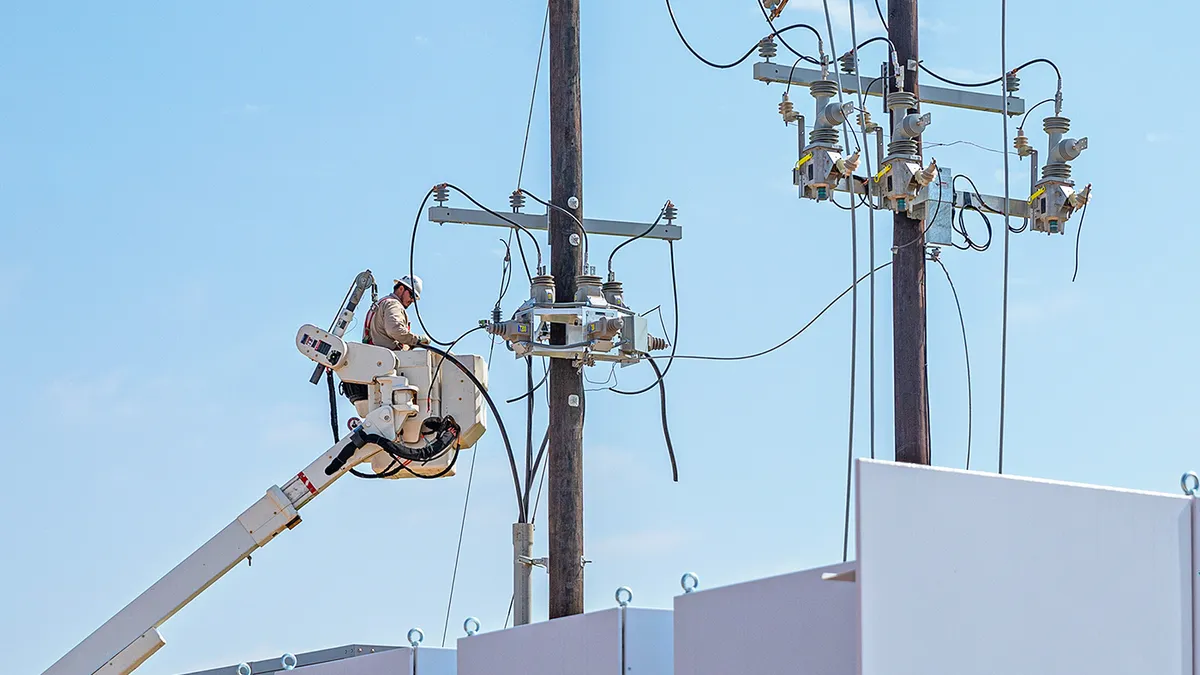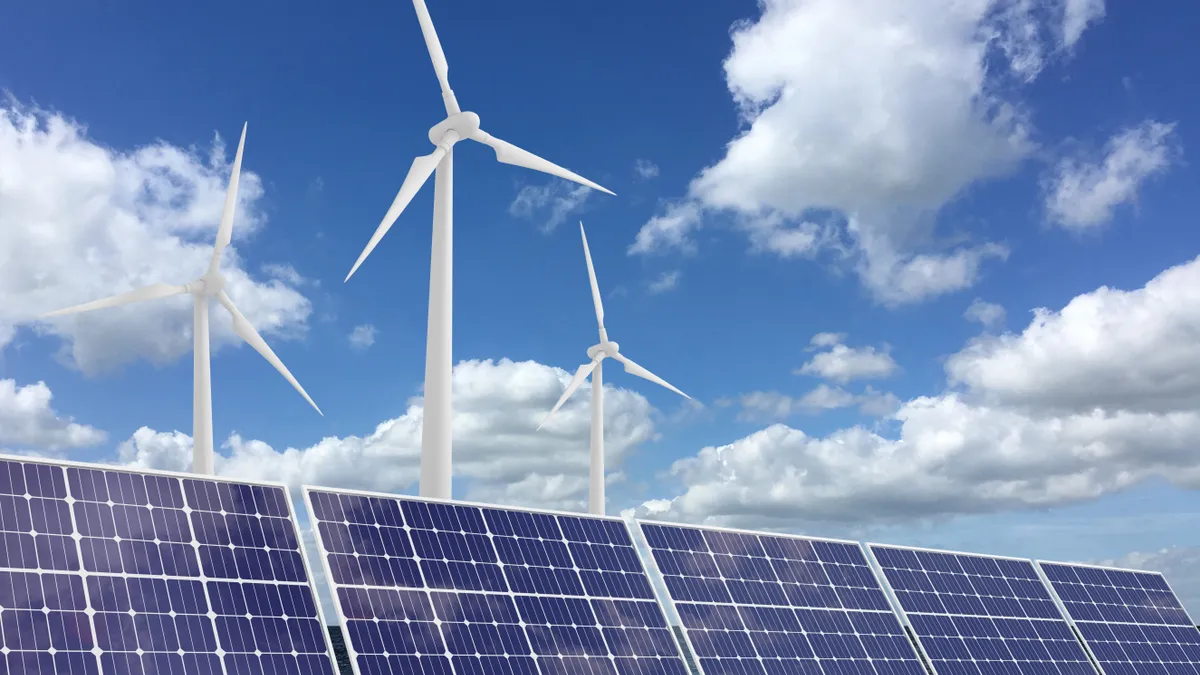Distributed Energy: Page 9
-
Tesla Q2 storage deployments increase 222% as company navigates ‘fractured regulatory environment’
The company’s solar deployments, however, declined year over year, which Tesla attributed to a high interest rate environment.
By Kavya Balaraman • July 20, 2023 -
US utility-scale solar outlook improves on easing supply chain limits: Morgan Stanley
However, residential solar growth may be slowed by rising interest rates and California’s new net metering policy, the investment firm’s analysts said.
By Ethan Howland • July 19, 2023 -
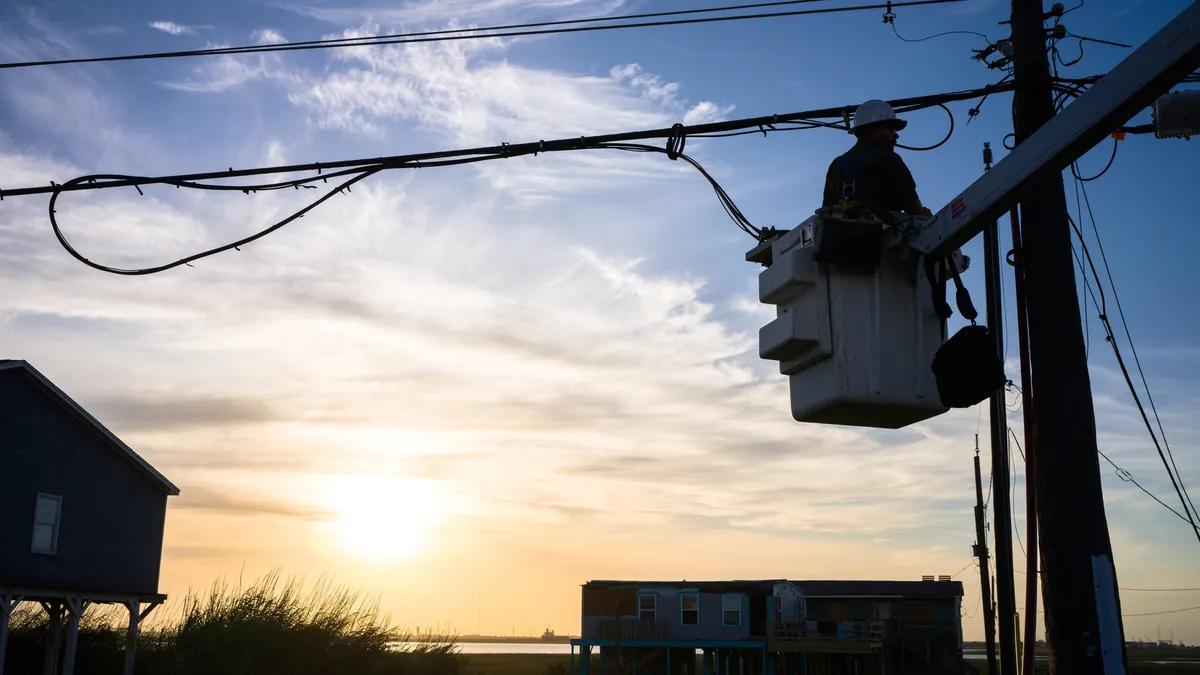 Explore the Trendline➔
Explore the Trendline➔
 Brandon Bell/Getty Images via Getty Images
Brandon Bell/Getty Images via Getty Images Trendline
TrendlineAI in the Power Sector
Artificial intelligence is uniquely positioned to impact the electricity industry from both ends: as the technology driving large load demand growth and as a tool with the potential to make the power system more efficient.
By Utility Dive staff -
Solar-powered ‘microgrids’ coming to San Diego public buildings as first of 8 projects breaks ground
Batteries will store the excess solar energy a site generates, with that energy powering the facility in the afternoons and evenings, when electricity prices rise.
By Ysabelle Kempe • July 12, 2023 -
EV batteries can be repurposed as grid storage to reduce battery supply chain impacts: report
Doing so, however, would require better regulation around accessing battery management systems, as well as flexible liability frameworks for repurposed batteries, according to the report’s author.
By Kavya Balaraman • July 11, 2023 -
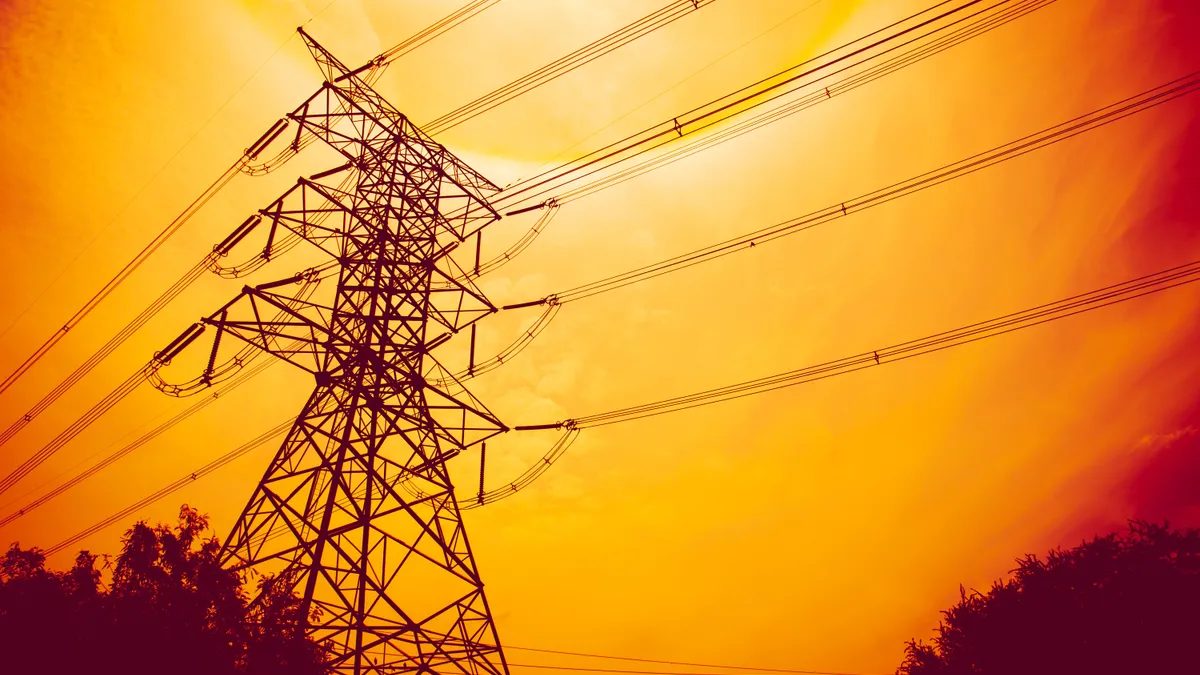

stock.adobe.com/Quality Stock Arts
 Sponsored by EPRI
Sponsored by EPRIStrengthening the power sector’s approach to climate risk
As U.S. braces for hurricane season and a warmer than average summer, resilience of the electric sector is top of mind.
By Morgan Scott, Director of Climate READi, EPRI • July 3, 2023 -


stock.adobe.com/imageegami
 Sponsored by PXiSE Energy Solutions
Sponsored by PXiSE Energy SolutionsTraining wheels for DERMS
Utilities—on the road to DERMS, start with a conservative approach.
July 3, 2023 -
Dominion Energy, Virginia solar developers clash over small-scale project rules
A coalition of solar groups and developers argues that Dominion Energy’s interconnection rules have led to project delays and cancellations, while the utility says the rules are necessary to protect the grid.
By Diana DiGangi • June 29, 2023 -
Microgrids not just for resilience: new research from NARUC, NASEO highlights GHG reduction potential
Nuclear energy has not traditionally been seen as a microgrid resource, but microreactors “are likely to be deployed in the near term,” according to the report.
By Robert Walton • June 28, 2023 -
Opinion
Local solar and storage are essential to the electrification movement
The key to lowering the cost of electrification is energy management and demand response, starting with local solar and storage.
By Robin Dutta • June 28, 2023 -
Cleantech M&A activity expected to grow, driven by ESG investing and federal funding: West Monroe
ESG is an “unstoppable long-term trend,” according to the report released Thursday. “Much of this wall of capital will be sunk into cleantech.”
By Ethan Howland • June 22, 2023 -
Deep Dive
Four non-transmission solutions for clean energy with new power lines in the permitting ‘Valley of Death’
Smart technologies, storage, overbuilding and distributed resources can move the energy transition ahead until workable reforms bring new transmission online, stakeholders agreed
By Herman K. Trabish • June 21, 2023 -
California’s urban roofs provide more value for community solar+storage than rural areas: report
State and federal incentives could help “ensure that not all of our community solar is getting built in the cheapest areas out in rural locations,” said a solar developer’s Western policy director.
By Ysabelle Kempe • June 13, 2023 -
Washington regulators conditionally approve Puget Sound Energy’s 63% clean electricity by 2025 target
The interim target is part of Puget Sound Energy’s first-ever clean energy implementation plan, required by state legislation passed in 2019.
By Kavya Balaraman • June 9, 2023 -
Virtual power plant grid participation can grow with new business models, market rules: Guidehouse
Growth of virtual power plants will require system operators and regulators to develop supportive market frameworks, according to Guidehouse.
By Robert Walton • June 7, 2023 -


stock.adobe.com/Aleksandr Matveev
 Sponsored by Burns & McDonnell
Sponsored by Burns & McDonnellWhy HVDC cables are poised to provide valuable alternatives
HVDC technology could be a valuable tool in the U.S. energy transition, but it will need to overcome some constraints.
By Bob Hobson, Associate Technical Consultant, Burns & McDonnell • June 5, 2023 -
AI, climate change, fuel cells among energy transition ‘disconnects’ for utilities: Morgan Stanley
“Not all incumbent utilities will gain from the energy transition,” analysts said in a report issued Wednesday. Those that could be challenged include Consolidated Edison, Entergy and NextEra.
By Ethan Howland • June 2, 2023 -
AlphaStruxure partners with Maryland county on first East Coast bus depot to produce green hydrogen
Construction on the depot, which will serve a fleet of 200 hydrogen buses through an electrolyzer, is scheduled to conclude by the end of 2025.
By Patrick Cooley • May 18, 2023 -
Opinion
Georgia’s Plant Vogtle is a $35B boondoggle. We need new and better solutions for a carbon-free grid.
Urgent utility business model reforms are needed to create a 21st-century, people-centered grid that delivers affordable fossil-free solutions.
By Patty Durand • May 18, 2023 -
California could face $50B price tag by 2035 to prepare grid for DERs, study finds
The state could also see system-level peak load increase by 56% from 2025 to 2035, driven largely by transportation electrification, the study by analytics firm Kevala for the California Public Utilities Commission found.
By Kavya Balaraman • May 16, 2023 -
Deep Dive
Hawai’i leads the way on advanced rate design with default time-of-use rates, fixed charge innovations
Hawai’i’s planned granular cost study still must prove to other states that the new TOU rates, fixed charge framework and new way of defining costs will allocate costs accurately, analysts said.
By Herman K. Trabish • May 9, 2023 -
NGOs suing California PUC, utilities over net metering update could face ‘fairly steep’ challenge: attorney
The lawsuit names the California Public Utilities Commission and the state’s three investor-owned utilities — Pacific Gas and Electric, Southern California Edison and San Diego Gas and Electric — as respondents.
By Kavya Balaraman • May 9, 2023 -
California regulators approve PG&E, Energy Vault green hydrogen and battery microgrid
The microgrid’s planned use of green hydrogen fuel cells and batteries marks a departure from PG&E’s earlier practice of using diesel generators for backup power during outages.
By Kavya Balaraman • May 1, 2023 -
Sponsored by Burns & McDonnell
Let’s not forget about how renewables will impact the distribution grid
As many more zero-carbon generation sources connect to the grid, the urgency of grid modernization programs will continue to increase. Discover how the rise of renewables will drive the need for upgrades on our distribution systems.
By Luke Ezell, PE, Account Manager, Burns & McDonnell • May 1, 2023 -
Xcel launches microgrid-based resiliency service for large Minnesota commercial, industrial customers
In Wisconsin, where the Empower Resiliency program was already offered, Xcel reached a deal to develop energy assets to power the Bayfield County jail and courthouse.
By Robert Walton • April 26, 2023 -
NREL, UL publish requirements for a new distributed energy resource cybersecurity standard
UL Solutions has published testing and certification requirements that will be converted into standard UL 2941 after review by the company’s standard technical panel.
By Robert Walton • April 24, 2023

